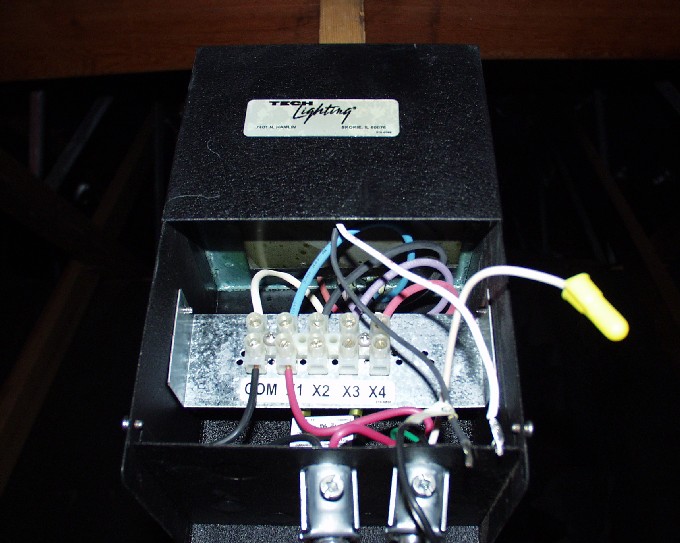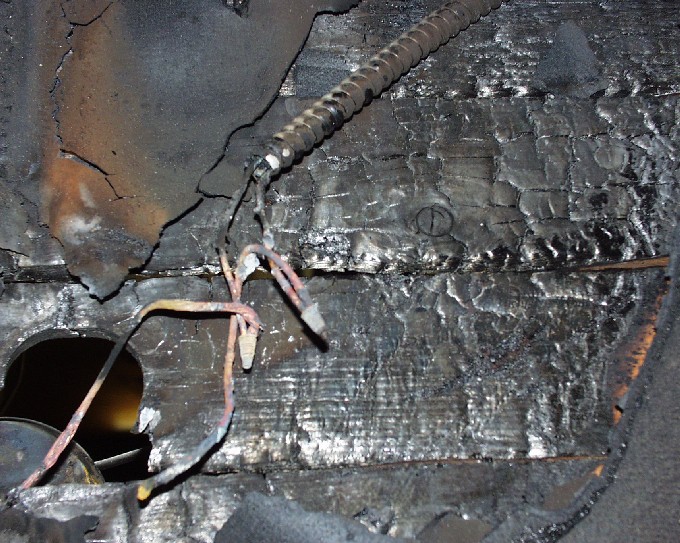al hildenbrand
Senior Member
- Location
- Minnesota
- Occupation
- Electrical Contractor, Electrical Consultant, Electrical Engineer
From the 2005 NEC
That is, is the luminaire required to be part of the "Lighting System" in some discernable way beyond being a low voltage luminaire?
Does the luminaire have to be supplied by the manufacturer of the isolation power supply?411.2 Definition
Lighting Systems Operating at 30 Volts or Less. A lighting system consisting of an isolating power supply operating at 30 volts (42.4 volts peak) or less under any load condition, with one or more secondary circuits, each limited to 25 amperes maximum, supplying luminaires (lighting fixtures) and associated equipment identified for the use.
That is, is the luminaire required to be part of the "Lighting System" in some discernable way beyond being a low voltage luminaire?







